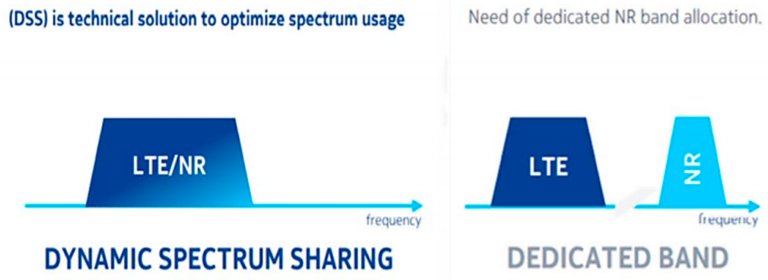Explaining Frequency Range (FR) and Operating Bands in Wireless Communication
telcomatraining.com – In today’s rapidly evolving digital age, wireless connectivity is the backbone of our daily lives. From smartphones and 5G networks to the Internet of Things (IoT), all these technologies rely heavily on efficient and stable wireless communication. Two key concepts that define how this connectivity works are Frequency Range (FR) and Operating Bands. Understanding these elements is essential to grasp how wireless systems deliver fast, reliable communication.
What is Frequency Range (FR)?
Frequency Range (FR) refers to the spectrum of radio frequencies used for transmitting and receiving wireless signals. In modern cellular communication—particularly in 5G technology—the term is categorized into two main groups:
- FR1 (Frequency Range 1) – This range spans from 450 MHz to 6 GHz, often referred to as sub-6 GHz. FR1 offers wide coverage and good indoor penetration, making it ideal for general mobile communication.
- FR2 (Frequency Range 2) – Known as millimeter wave (mmWave), FR2 covers 24 GHz to 100 GHz. Although it has a shorter range, FR2 supports extremely high data rates and large capacity, making it suitable for densely populated urban areas and high-bandwidth applications.
The selection of a frequency range depends on network priorities—whether the goal is broader coverage or higher speed.
What Are Operating Bands?
Operating bands are specific blocks of the frequency spectrum allocated by telecommunications regulatory bodies—such as the ITU or national governments—for wireless communication. Each band is assigned a unique identifier (e.g., Band 3, Band 78) and is used by mobile network operators to structure their networks.
Here are a few commonly used operating bands in 5G:
- Band n78 (3.5 GHz) – One of the most widely deployed bands globally for initial 5G rollouts; part of FR1.
- Band n258 (26 GHz) – Falls under FR2, suitable for ultra-high-speed data transmission.
- Band n28 (700 MHz) – Ideal for wide area coverage in rural and suburban regions.
The choice of operating band affects signal quality, network capacity, and the speed of wireless communication.
Why Are FR and Operating Bands Important?
Understanding FR and operating bands is critical in mobile network design for several reasons:
- Spectrum Efficiency: By organizing frequencies into distinct bands, operators can maximize spectrum usage while minimizing interference.
- Device Compatibility: Not all smartphones or IoT devices support every band. Ensuring compatibility between device and network bands is essential for optimal performance.
- Network Performance: High-frequency bands like FR2 enable faster speeds, while lower-frequency bands offer better signal penetration and more stable connectivity.
Implementation Challenges
Despite the advantages of using high-frequency ranges like FR2, there are several implementation challenges:
- Shorter Range: mmWave signals cannot travel as far as lower-frequency signals and have difficulty penetrating walls and obstacles.
- Infrastructure Costs: More base stations (small cells) are needed to cover the same area compared to lower bands.
- Line-of-Sight (LOS) Dependency: mmWave requires a direct path between transmitter and receiver for stable performance.
To overcome these challenges, technologies such as beamforming, MIMO (Multiple-Input Multiple-Output), and dense small cell deployments are being adopted.
Conclusion
Frequency Range (FR) and Operating Bands are fundamental to understanding how wireless communication systems function. FR defines the general spectrum of frequencies used, while operating bands specify the exact frequency blocks assigned for use. In the context of 5G, these elements play a crucial role in shaping the speed, coverage, and reliability of mobile networks. Recognizing the differences between FR1 and FR2, and being familiar with the most commonly used bands, is vital for both industry professionals and tech-savvy consumers alike.







